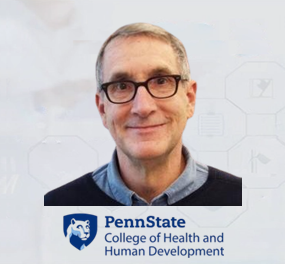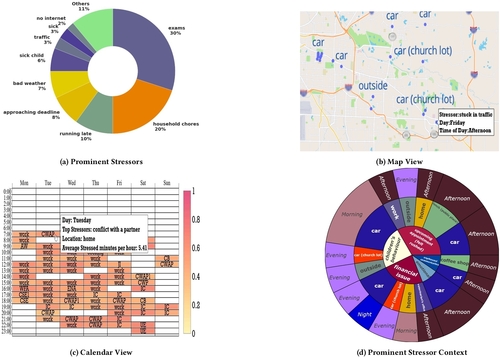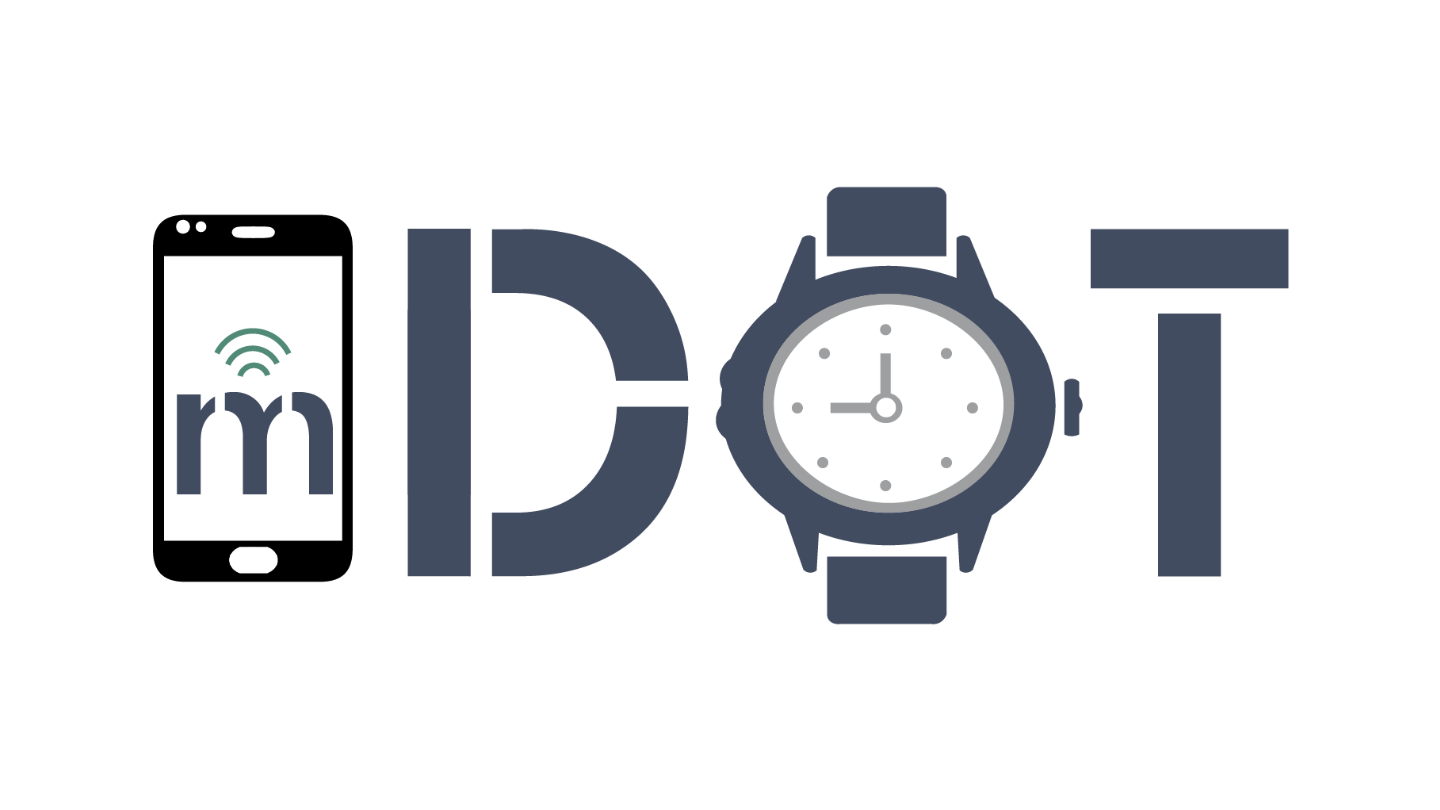The mDOT Center
Transforming health and wellness via temporally-precise mHealth interventions






mDOT@MD2K.org
901.678.1526
901.678.1526








Collaborating Investigator:
David Almeida (PI), Penn State University
Funding Status:
NIH/NIMH
07/25/16 – 08/31/28
Associated with:


Proceedings of the 2024 CHI Conference on Human Factors in Computing Systems
May 11, 2024
Stress-tracking, Stressor-logging, Visualizations, Behavioral Changes, Stress Intervention, Wearable Sensors, Field studies, Empirical studies in HCI, Self-awareness, Personal informatics.
Commercial wearables from Fitbit, Garmin, and Whoop have recently introduced real-time notifications based on detecting changes in physiological responses indicating potential stress. In this paper, we investigate how these new capabilities can be leveraged to improve stress management. We developed a smartwatch app, a smartphone app, and a cloud service, and conducted a 100-day field study with 122 participants who received prompts triggered by physiological responses several times a day. They were asked whether they were stressed, and if so, to log the most likely stressor. Each week, participants received new visualizations of their data to self-reflect on patterns and trends. Participants reported better awareness of their stressors, and self-initiating fourteen kinds of behavioral changes to reduce stress in their daily lives. Repeated self-reports over 14 weeks showed reductions in both stress intensity …
This 100-day field study, named MOODS, investigated how wearable-triggered stressor logging and weekly self-reflective data visualizations can improve stress management. Participants used a smartwatch to detect physiological events and a smartphone app to log perceived stress and specific stressors when prompted. The study found that this approach increased participants’ awareness of their stressors, motivated them to initiate 14 types of behavioral changes, and resulted in statistically significant reductions in both stress intensity (11%) and stress frequency (9.5%). The findings suggest that enabling easy stressor logging and providing insightful visualizations could be a powerful component in future stress management apps.
The Midlife in the U.S. (MIDUS) longest-running national diary study, ongoing since 1995. It focuses on neurobiological mechanisms and pathways through which sociodemographic and psychosocial factors influence morbidity and mortality. It collects stressors, i.e., sources of stress via daily inventory of stressful experiences (DISE) and interval EMAs on smartphones.
The primary goals of the Survey Project are to collect a 2nd wave of survey data on the Refresher sample (MR2) (projected N = 2,655, 65% retention rate) and a 4th wave of data on the Core sample (M4) (projected N = 2,578, 70% retention rate). Included in both endeavors is follow-up of the Milwaukee samples of African Americans. All respondents will complete a phone interview (or personal interview for Milwaukee) and self- administered questionnaires, as were fielded in previous waves. Assessments include standard sociodemographics as well as comprehensive measures of physical and mental health, assessments of personality and validated psychosocial measures, behavioral factors, and chronic and acute stress exposures. A primary objective is to obtain new longitudinal data that will allow more precise and reliable estimates of change in key variables as well as strengthen opportunities for investigating psychosocial factors (negative and positive) as moderators or mediators of age-related changes in health. The new MR2 and M4 assessments will afford a window on such changes over 30 years for the Core sample (which began in 1995) and 10 years for the Refresher sample (which began in 2011). This will allow testing of key hypotheses about resilience and vulnerability, focused on SES moderators of health disparities as well as moderators of age-related changes in health. In addition, the next wave will include a new module on the long-term impacts of the COVID-19 pandemic. The module will repurpose and extend prior measures that assessed impacts of the Great Recession (e.g., changes to employment, finances, family life; new measures of pandemic-specific experiences, including impact of social distancing on work and family life, differential access to digital technologies, effects of virus on health of self and significant others). These assessments will be combined with past information on socioeconomic inequality, life stress exposures, psychosocial risk, and protective factors to predict unfolding profiles of health and well-being in the context of major historical events. The Survey Project serves as the hub from which all other projects emanate, making its efficient management of sample and data collection protocols essential for completing all aims and components of the MIDUS enterprise within the grant period. MIDUS offers extensive evidence of scientific productivity and public usage (1,617 publications; 26,000 users), more than half of which is based exclusively on data derived from the Survey Project.
SP9 will use the TR&D3’s assessment of stressful moments and TR&D1’s approach to obtaining the reasons for stress (i.e., stressors) for a more burden-efficient, more comprehensive, and more timely collection of stressors via MOODS. SP9 will determine which stressors captured by DISE are also captured by MOODS apps, which DISE stressors are missed by MOODS and vice versa, and how predictive are the stressors captured by MOODS of symptoms and clinical outcomes.
A successful usage will make it possible for the first time, to efficiently collect stressors close to the moments of stress, improving both the understanding of the daily or momentary hassles in health outcomes and to deliver treatments at the right moments
You must be logged in to post a comment.

No Comments